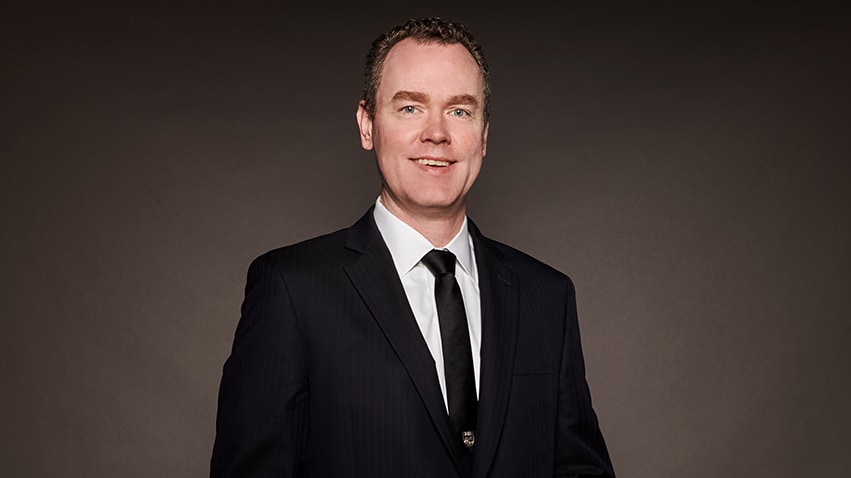- Who We Serve
- What We Do
- About Us
- Insights & Research
- Who We Serve
- What We Do
- About Us
- Insights & Research
Earth, Wind, and Fire
Rebuilding is the first of many challenges from natural disasters.
By Carl Tannenbaum
The fires in Los Angeles have been horrific to watch, and our hearts go out to those affected. Sadly, the tragedy is only the latest in an intensifying string of natural disasters that have afflicted many millions around the world.
Amid such devastation, economic considerations aren’t the first things that come to mind. But viewed through that lens, we see an example of the broken window fallacy. Property damage prompts construction spending and employment, leading some to suggest that floods and fires are good for growth. But that marginal activity only replaces lost assets and doesn’t add new value to the economy. The fallacy is illustrated by the reaction of insurance companies, which will hinder economic activity in California and beyond.
Reinsurer Munich Re estimates hurricanes, fires and other weather-related events caused $320 billion in damages worldwide last year. Leading the list of U.S. incidents in 2024 were Hurricanes Helene and Milton, which struck Florida within weeks of one another.
The frequency, severity and cost of global disasters have been increasing steadily. The Munich Re report (among many others) attribute these outcomes to increases in air and ocean temperatures, which have also reached new peaks in recent years.
There are those who question the causal link between these developments. But insurers are driven by data. The time series that they are using has led them to re-evaluate the pricing and availability of policies offered to homeowners and businesses in especially vulnerable areas.

In the United States, the impact of this has been most pronounced on the coasts. Florida has been stricken by 80 named storms since 2000, ten of which were considered major. At first, insurance carriers increased their premiums; over time, a number of them left the state. Those that remain are not highly rated. For an increasing number of Florida homeowners, their only option was provided by the state government. That system is now insolvent, and will need to be recapitalized by increasing premiums paid by local residents.
California has been spared from hurricanes, but fires have claimed millions of acres and thousands of homes. A study by the California Association of Realtors found that nearly one in three homeowners in the state experienced difficulty obtaining insurance coverage…and this was before the January fires.
Insuring against disasters is costing the public dearly.
Rebuilding after a disaster cannot proceed without securing insurance, which is typically a prerequisite for obtaining a home mortgage. New policies may contain higher deductibles or limits on coverage that may not satisfy loan underwriters. Displaced families and businesses may face a long process as they try to recover.
Whether near to the affected areas or far away, all citizens pay some of the costs. Disaster relief funds are routinely appropriated by the federal government, using tax receipts. Coverage premiums rise for homeowners everywhere, as carriers seek to reprice risk and rebuild their capital. The destruction of critical infrastructure will require substantial amounts of public investment.
Some question whether rebuilding should occur on the same spots where property was destroyed. In California, communities have been established in areas that are very vulnerable to fire; construction in Florida has pushed more deeply into flood plains. Building codes have been upgraded to reduce risk, but they raise construction costs. Emotionally, getting people back home is an imperative; economically, though, it is increasing the potential for future losses and hardships.
Debate over the root causes of natural disasters will continue, but the costs of these events will almost certainly continue to escalate. Societies will have to steer away from fallacies as they prepare themselves for future threats.
Related Articles
Read Past Articles
Meet Our Team

Carl R. Tannenbaum
Chief Economist

Ryan James Boyle
Chief U.S. Economist

Vaibhav Tandon
Chief International Economist
Subscribe to Publications on Economic Trends & Insights
Gain insight into economic developments and our latest forecasts for the United States.
Information is not intended to be and should not be construed as an offer, solicitation or recommendation with respect to any transaction and should not be treated as legal advice, investment advice or tax advice. Under no circumstances should you rely upon this information as a substitute for obtaining specific legal or tax advice from your own professional legal or tax advisors. Information is subject to change based on market or other conditions and is not intended to influence your investment decisions.
© 2024 Northern Trust Corporation. Head Office: 50 South La Salle Street, Chicago, Illinois 60603 U.S.A. Incorporated with limited liability in the U.S. Products and services provided by subsidiaries of Northern Trust Corporation may vary in different markets and are offered in accordance with local regulation. For legal and regulatory information about individual market offices, visit northerntrust.com/terms-and-conditions.